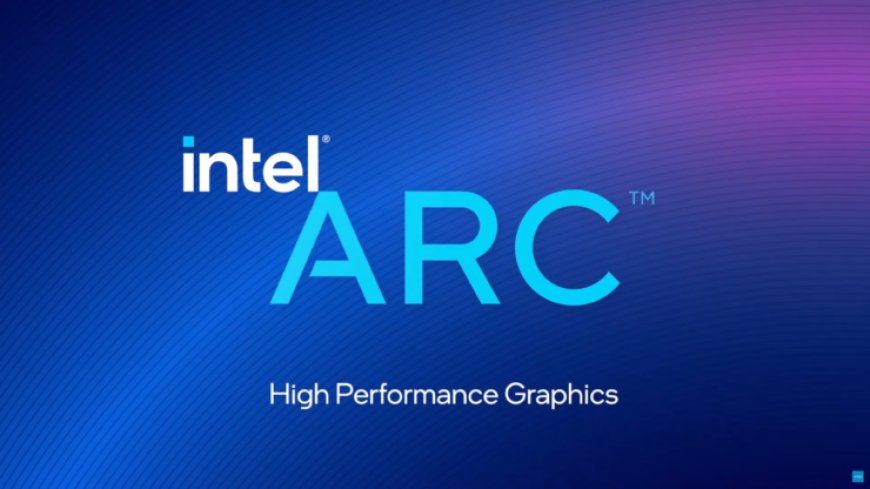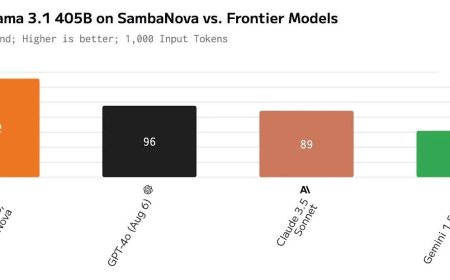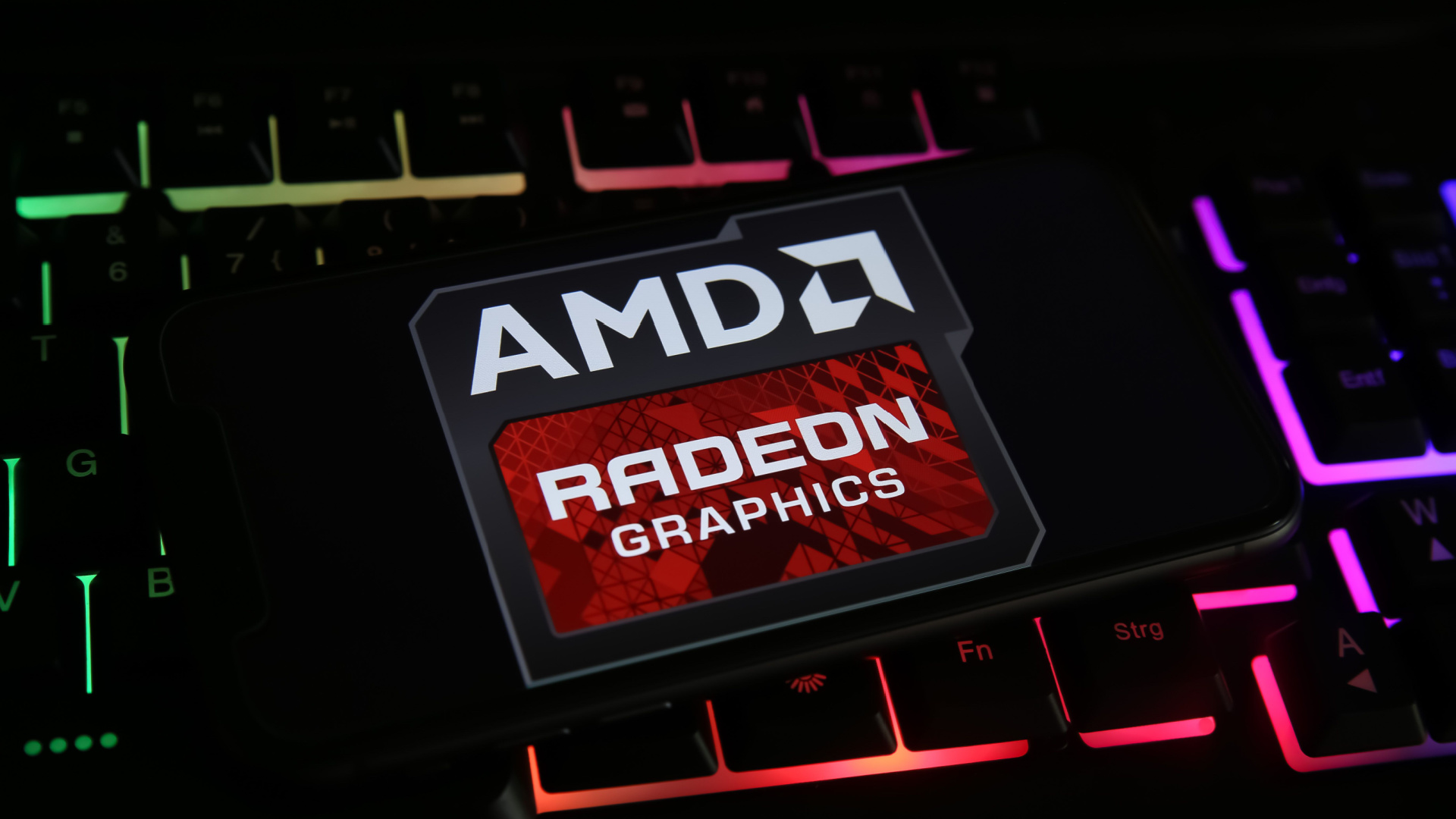Intel Unveils Arc Graphics Lineup With Alchemist GPUs Coming To Desktops & Notebooks In Q1 2022 – Demos High-Performance Gaming & Raytracing
Intel Unveils Arc Graphics Lineup With Alchemist GPUs Coming To Desktops & Notebooks In Q1 2022 – Demos High-Performance Gaming & Raytracing

Intel has demoed its next-generation ARC graphics lineup which will be the codename for its next-generation discrete products coming to desktops and laptops to compete against AMD's Radeon & NVIDIA's GeForce brands. In addition to the ARC announcement, Intel has also laid out its roadmap for the next-generation ARC products.
Intel has unveiled brand new details of its next-generation ARC family. The ARC family will be the product codename for Intel's future graphics launches similar to how AMD brands its products as Radeon and NVIDIA brands its products as GeForce. The ARC lineup will first launch in the form of the Alchemist GPU lineup in Q1 2022. The Alchemist lineup is what we know currently as the Intel Xe-HPG 'DG2' GPU. Intel also confirmed that the follow-ups to ARC will be known as Battle Mage, Celestial, and Druid.
Intel Arc graphics products built on gaming-first Codename Alchemist SoCs will be available in desktops and notebooks from global partners in Q1 2022.
We're excited to share a first look at gameplay captured on #IntelArc Pre-production Silicon! Featuring gameplay from: Mount & Blade II Bannerlord, Forza Horizon 4, Psychonauts 2, Player Unknown Battlegrounds, Subnautica Below Zero, Metro Exodus, Rift Breaker, Days Gone, Chivalry II, Crysis Remastered Trilogy
via Intel
The rest of the products are still far away from launch so let's get back to the ARC Alchemist line of GPUs. Intel has shown a brand new demonstration of its ARC Alchemist GPUs running several AAA titles including a look at what seems to be a teaser of its raytracing and more importantly, its very own and in-house AI supersampling solution which has been confirmed for a while now.
Intel & its graphics software development team have been hard at work in fine-tuning the feature list and performance of its next-generation ARC GPUs. The team has done great work so far, delivering timely day-0 driver updates for several AAA games for their Xe integrated graphics lineup. Looking forward, Intel is confirming full support for DirectX 12 Ultimate including mesh shading, high-performance ray tracing, and high-quality neural supersampling as stated by Intel's VP of graphics research, Anton Kaplanyan.
In case you were curious, Intel Arc GPUs will come with full DX12U support, including mesh shading, and high-performance ray tracing. Bonus, high-quality neural supersampling deserves a separate announcement. https://t.co/HIBJ8tWhwr
— Anton Kaplanyan ???? (@Kaplanyan) August 16, 2021
Each Xe-HPG based Alchemist GPU SKU will come in various configurations which will range from the full-fat chip to several cut-down variants. This is similar to NVIDIA's Ampere GA102-400, GA102-200 naming schemes, or AMD's Navi 21 XTX, Navi 21 XT, Navi 21 XL naming conventions.
One thing interesting about the Intel ARC unveil is that the higher-end variant pictured above is the same chip that Raja Koduri had teased earlier. Back in June, Raja also stated that DL capabilities of Xe-HPG architecture will lend to approaches that achieve better quality and performance. More on that here.
Intel Xe-HPG Alchemist 512 EU Discrete Gaming Graphics Cards
The top Alchemist 512 EU variant has just one configuration listed so far and that utilizes the full die with 4096 cores, 256-bit bus interface, and up to 16 GB GDDR6 memory (8 GB GDDR6 listed too). Based on demand and yields, Intel could produce more variants of this flagship chip but we can't say for sure right now.
The Alchemist 512 EU chip is expected to measure at around 396mm2 which makes it bigger than the AMD RDNA 2 and NVIDIA Ampere offerings. The Alchemist -512 GPU will come in the BGA-2660 package which measures 37.5mm x 43mm. NVIDIA's Ampere GA104 measures 392mm2 which means that the flagship Alchemist chip is comparable in size while the Navi 22 GPU measures 336mm2 or around 60mm2 less. This isn't the final die size of the chip but it should be very close.
NVIDIA packs in tensor cores and much bigger RT/FP32 cores in its chips while AMD RDNA 2 chips pack a single ray accelerator unit per CU and Infinity Cache. Intel will also have dedicated hardware onboard its Alchemist GPUs for Raytracing & AI-assisted super-sampling tech.
The Xe-HPG Alchemist 512 EU chip is suggested to feature clocks of up to 2.2 GHz though we don't know if these are the average clocks or the maximum boost clocks. Also, it is stated that Intel's initial TDP target was 225-250W but that's been upped to around 275W now. We can expect a 300W variant with dual 8-pin connectors too if Intel wants to push its clocks even further. We have also already seen leaked PCB and pictures of an ES Xe-HPG Alchemist-based graphics card which you can see here.
Intel Xe-HPG Alchemist 384 EU Discrete Gaming Graphics Cards
Moving on, we have the Intel Xe-HPG Alchemist 384 GPU SKU which is expected to comprise at least three variants. The full fat chip will feature 3072 cores, up to 12 GB GDDR6 memory (6 GB GDDR6 listed too), and a 192-bit bus interface. Then we have two variants, a 256 EU and a 192 EU variant which are comprised of 2048 and 1536 cores. While both variants feature a 128-bit bus interface, the 256 EU SKU will come with up to 8 GB GDDR6 memory (4 GB GDDR6 listed too) while the 192 EU variant will stick with just 4 GB GDDR6 memory. Based on the specifications, these GPUs will be positioned as mainstream parts.
Based on previous leaks, the Intel Xe-HPG Alchemist 384 EU GPU variant should measure around 190mm2. The PCB blueprint shows 6 memory module locations which do confirm a 192-bit bus interface and either 6 or 12 GB GDDR6 memory capacity. The 384 and 256 EU SKUs are expected to feature 16 MB and 8 MB smart cache, respectively. The clock speeds for the 384 EU parts are reported at 600 MHz base and 1800 MHz turbo while the 256 EU part will feature a 450 MHz base and 1400 MHz turbo clock.
Intel Xe-HPG Alchemist 128 EU Discrete Gaming Graphics Cards
Then lastly, we have the Intel Xe-HPG Alchemist 128 EU parts. The top config is once again a full-fat SKU with 1024 cores, a 64-bit bus interface, and 4 GB GDDR6 memory. The cut-down variant will come with 96 EUs or 768 cores and a 4 GB GDDR6 memory featured across a 64-bit bus interface. This GPU will be very similar to the DG1 GPU-based discrete SDV board however Alchemist will have a more improved architecture design and definitely more performance uplift over the first-gen Xe GPU architecture. This lineup is definitely going to be aimed at the entry-level desktop discrete market based on the specifications.
We have seen the Intel Xe-HPG Alchemist GPU-based discrete graphics card engineering sample leak out a few months back along with some rumored performance and pricing figures, you can read more on that here. Based on the timeline, the Xe-HPG Alchemist lineup will compete against NVIDIA's Ampere & AMD RDNA 2 GPUs since both companies aren't expected to launch their next-gen parts by the very end of 2022. The Xe-HPG ARC GPUs will be coming to the mobility platform too and will be featured in Alder Lake-P notebooks.
What's Your Reaction?
































































